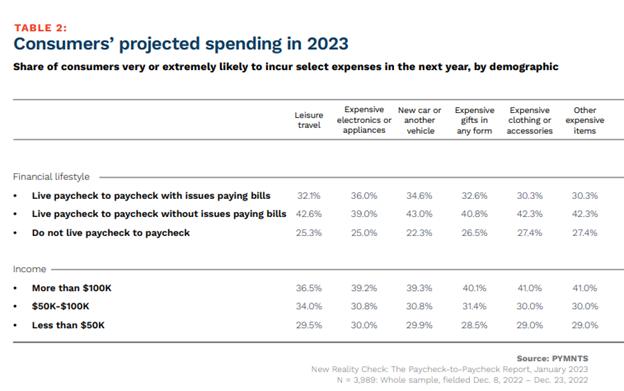Online Car Platforms Strive to Right-Size Inventory as eCommerce Volumes Plummet

For the online car platforms, the path towards profitability is a bumpy one …
… and the macro pressures are hardly in the rearview mirror.
Earnings commentary from some of the major players in the space show that revenues have fallen as the retailers have made strides to reduce inventory.
To that end, Vroom’s results show that, in tandem with a focus on profitability rather than sales volumes, eCommerce units slid nearly 80% to 3,933. And along with that plummet, eCommerce revenues were down roughly the same amount.
The average vehicle selling price per eCommerce unit was down 5.8% to $31,555. And it took much longer to sell the vehicles themselves: The company said in its materials that the average eCommerce days to sale surged more than 206% to 279 days.
Selling Through the Aged Inventory
Tom Shortt, CEO, said on the conference call that 77% of units sold were held greater than 180 days compared to 49% in the third quarter of last year.
“We expect a significant portion of our sales in the second quarter to be from aged units, which will put significant pressure on GPPU [gross profits] in the second quarter. We expect the back half of the year to show improved GPPU, as we sell a higher mix of unaged units.”
Asked on the call about consumer demographics, Shortt noted, “We are definitely seeing a mix shift from primarily prime to a better mix across really the entire credit spectrum,” stating that amid interest rate increases, “We are seeing the mix of our prime customers come back to more normalized levels.”
CarGurus’ earnings show revenues down 46% year over year to $232 million; digital wholesale revenues slipped 76%. The company’s total transactions in the latest quarter came to roughly 17,500, where that tally had been 68,754 in the year ago period.
In at least some cases, stocks rallied double-digit percentage points in the wake of earnings, in part because operating pressures lessened. In CarGurus’ case income was $14.1 million; in Carvana’s case, management is seeking to achieve adjusted profit in the second quarter.
In its own results, Carvana said that retail units sold totaled 79,240, a decrease of 25%, while it continues to shrink inventory.
During the conference call with analysts, CEO Ernie Garcia said — in comments that we at PYMNTS note could apply to the automotive eCommerce industry itself — “A year ago, the automotive industry as well as the macroeconomic and market environment changed pretty dramatically, resulting in us significantly shifting our near-term priorities away from growth and toward profitability.”
Inventory was down 55% year over year, according to management commentary, and down 20% in the first quarter, said the CEO. And other areas where the company can scale back operating expenses include advertisement and marketing, where Garcia noted, “In this environment, cars are expensive, and consumers are a little bit less responsive to advertising.” Later in the call, in discussing the changes in the current operating environment, Garcia said, “There have clearly been some industry and macroeconomic headwinds in the form of cost. There’s been macroeconomic headwinds in the form of interest rates.”
PYMNTS’ own data shows that a minority of consumers see themselves as being at least “very” likely to buy a vehicle this year — in fact, less than a quarter of consumers who do not live paycheck to paycheck feel that way … indicating that the pressures on the online platforms may be prolonged.

#image_title
